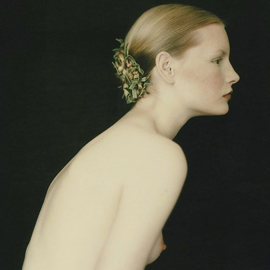What should be done with the Pushkin Museum?
The new director of the Pushkin State Museum of Fine Arts, Maria Loshak, recently made a post on her Facebook page asking the public to participate in an improvised poll on how to improve the museum. Artguide decided to pose the same question to experts—including historians, curators and art theorists. With their opinions about what the museum currently lacks, what keeps visitors from coming more often and how the museum’s exhibition strategy should evolve in the new century, Artguide heard from art critic Ekaterina Bobrinskaya, Ph.D.; art historians Yevgenia Gershkovich, Grigory Kozlov and Anna Romanova; sociologist Anatoly Golubovsky; and curator Viktor Misiano.
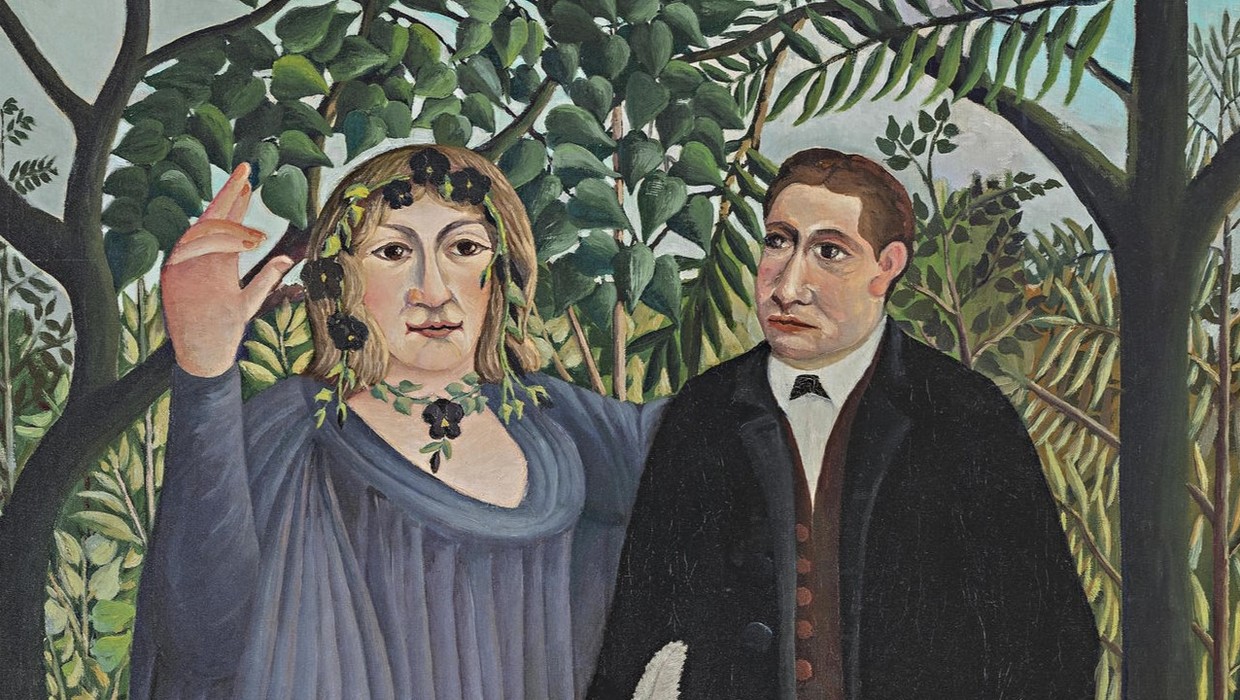 Henri Rousseau. The Muse Inspiring The Poet. 1909. Oil on canvas. Pushkin State Museum of Fine Arts.
Henri Rousseau. The Muse Inspiring The Poet. 1909. Oil on canvas. Pushkin State Museum of Fine Arts.
What’s currently lacking at the Pushkin Museum?
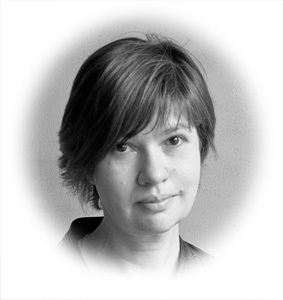
Ekaterina Bobrinskaya, art history Ph.D. and faculty member at the State Institute of Art Studies.
For many years now, the Pushkin Museum hasn’t had enough of its own, non-visiting exhibitions. There’s a shortage of ambitious ideas and energy to carry out such projects, which, in my view, is the main problem. The museum doesn’t organize enough serious, scholarly conferences that could become truly important events in the intellectual life of the city, instead of just being formal events where staff report on their work. There aren’t enough public lectures, including lectures of varying levels—from those aimed at the general public to those targeted at experts. After all, the museum was initially envisioned as a university affiliate; it should be leading an active intellectual life.
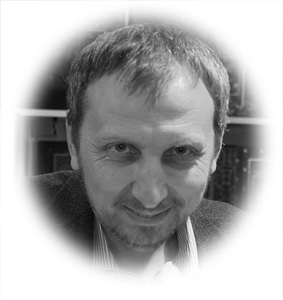
Grigory Kozlov, art historian, editorial board member of ARTnews (U.S.), author of the book Assault on Art, co-author (with Konstantin Akinsha and Sylvia Hochfield) of Beautiful Loot: The Soviet Plunder of Europe’s Art Treasures. Staff member of the Pushkin Museum from 1988 to 1991.
The Pushkin State Museum of Fine Arts doesn’t have enough museum. At present, it’s really just a prestigious exhibition space, and the main achievement of [former museum director] Irina Antonova is that she took an empty space, albeit one near the Kremlin, and turned it not into a museum, but into the illusion of a museum. I say “empty” because it’s not only missing a first-rate collection, but, most importantly, because it doesn’t have a modern concept or collective. Fancy walls and works of art that have come to be regarded as “masterpieces” do not make a museum. The new kind of museum may not necessarily have a super-collection, but it has to have a sound concept and a drive behind it, as well as a truly professional team that will work on creating a museum space rather than an exhibition space or a warehouse for “masterpieces.”
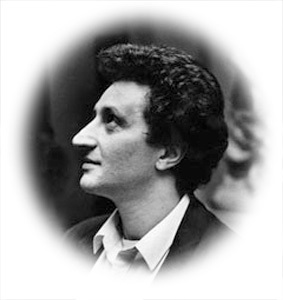
Viktor Misiano, curator, publisher and chief editor of Art Journal. Staff member of the Pushkin State Museum of Fine Arts from 1980 to 1990.
If we’re talking from the perspective of overall reputation, then the Pushkin Museum has a very high one. Exhibits such as Titian Masterpieces from the Museum of Italy or Pre-Raphaelites: Victorian Avant-Garde were absolute bestsellers and confirmed the status of the museum, which it first earned after exhibiting The Mona Lisa. If we compare the museum to how I remember it during the 1980s, the main problem is that in those days, the Pushkin Museum was a leading center of humanitarian thought. The readings of [Soviet art critic Boris] Vipper, the lecture courses of Leonid Bakhtin and Yuri Lotman—these were colossal events that shaped the consciousness of my generation and developed humanitarian thought in the country. And I’m afraid that’s exactly what the museum has lost today.

Anna Romanova, art historian. Curator of the endowment “Art from the 1960s to the 1980s” at the State Tretyakov Gallery from 2001 to 2006.
Contemporary Russian museums today really lack a well-established system of communication with society on all levels—with the general public, experts, and the press. Much has been said about problems with visitors, the aggressive behavior of personnel and the long lines, but there is also the problem of insufficient understanding of the museum as an institution. Very often, due to lack of awareness or plain ignorance, the public or the press simply repeat banalities and clichés about the museum setup, spread myths about the work of its research staff, demand the exhibition of works that are already displayed on a frequent basis, and so on.
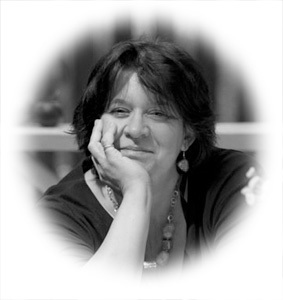
Yevgenia Gershkovich, art historian, editor of the magazine Mezonin.
The Pushkin Museum is missing ramps for handicapped visitors (Antonova said more than once that it will never get them in her lifetime), and, of course, it doesn’t have a good museum shop. The Impressionists should be moved back to the main building from their current location in the building of 19th and 20th Century European and American Art, which is dark and not well-suited for viewing.
What prevents visitors from coming more often?

Grigory Kozlov:
The museum’s concept of presenting art history through schools and epochs, developed in the early 1920s, was nothing new even in those days. But in order to realize it on a full scale, the museum needs a collection that is many times better in quality than the current one in Moscow.
The Pushkin Museum has spent almost 100 years trying to jump over its own head and create an encyclopedia when it only has enough material for a cheap directory. After the Revolution, there was this illusion that it would be enough to have the paintings that were confiscated from Moscow capitalists and aristocrats. But soon, it became clear that this would not be enough. The only source for more art was the Hermitage Museum. And it’s the Hermitage that the Pushkin Museum is burdened to emulate with its concept of a museum-encyclopedia, be it the 1920s or the 2010s. There was another instance when the museum had a glimmer of hope for getting a substantial inflow of works. As early as 1944, the Pushkin Museum tried to cover up behind looted goods and initiated the creation of a museum of world art that would be founded on the collections that the Red Army seized in Europe. As if that wasn’t enough, another idea emerged to combine it with other “non-Russian” collections from Moscow while closing the Museum of the West, the State Museum of New Western Art and others. For various reasons, this super-museum didn’t work out, and the most prized possessions of the 1950s were returned to the GDR [German Democratic Republic]. That’s why Antonova is so sensitive to any talk of these treasures: it’s the phantom pain of a generation of Pushkin Museum staff who considered the Dresden gallery to be theirs, who had already mentally arranged it within the halls of their museum and then suddenly had to part with it. For ten years, they worked with items of the highest class that did not belong to them. and then had to go back to their squalor. True, the museum acquired half the holdings of the State Museum of New Western Art in 1948. It’s these Impressionists and Postimpressionists that constitute the sole masterpieces in the Pushkin Museum’s possession.
The museum has to abandon its pursuit of the chimeric dream of creating an art history encyclopedia—it won’t amount to anything more than a provincial imitation of worldly grandeur. Recent changes in the museum industry have had an effect on everything, and above all on the viewer himself. If even recently people would wait in line patiently in order to see a “masterpiece” and leave, then now we have a new kind of visitor who practically lives in a museum, who feels comfortable in these surroundings, who comes back time and again not only to reunite with the collection, but for an entire host of other reasons.
That’s exactly what the Pushkin Museum needs today: an orientation toward this kind of visitor. In order to do that, it has to take risks. For example, instead of hiding or dispersing its prized pieces around the museum, it has to gather them together and make them into something more. It has to create a place where Russians and Germans can come together and snuff out their World War Two complexes, a place that hosts youth debates and international conferences. Instead of being ashamed of its plaster casts, it has to realize they are a unique resource, a kind of 21st-century Wikipedia of fine arts. It could combine the casts with new technologies, such as holograms, computer reconstructions and even games, connect contemporary artists and designers, replace its academic approach to installation displays with something better. Instead of hiking up ticket prices, it should have free entry for schoolchildren and students, as the Hermitage does.

Ekaterina Bobrinskaya:
The modern museum should not only be a place that houses art, but a place of dynamic cultural activity. It should host cultural events of various kinds. The Pushkin Museum currently has a serious lack of such events. It also needs a completely different public relations scheme, and having a café, Wi-Fi, and shops for souvenirs and books is also very important. But if despite all these amenities the museum doesn’t have interesting events, then even the best café won’t make a difference. The museum, without a doubt, needs a good designer and modern display technologies. And last but not least, the museum should have a welcoming and respectful attitude toward the visitor on the part of every employee.

Anatoly Golubovsky, sociologist and Ph.D. candidate in art history:
I consider the Pushkin Museum to be one of the most neglected museums in Russia. And it couldn’t have been otherwise—52 years of unchanging leadership doesn’t come without a price. First of all, the museum still doesn’t have a development strategy or concept, without which it cannot evolve. Second, the museum has an unfriendly interface: the ticket prices, rules of free entry and so on are monstrous; the website is a complete mess; the museum’s visibility in the city is next to none; the infrastructure is terrible; and the system of navigation is very bad. Third is the awful arrangement of works in the gallery of European and American art. And fourth, in the absence of a museum concept, mission or strategy, it’s thoughtless at best to speak of having any kind of exhibition philosophy.

Anna Romanova:
The average cost to visit an exhibit at the Pushkin Museum for a small family is about 800 to 2,500 rubles, including the cost of the catalog (about 1,000 rubles) and coffee in the museum’s fairly pricy cafés. At the same time, regular entrance to the museum’s permanent collection costs 200 rubles. Many families with an average salary might limit themselves to seeing the permanent collection with their kids rather than completely ceasing to visit museums. But in order to buy a ticket for 200 rubles and spend a relaxing time in the “silence of museum halls,” they have to either wait it out in a colossal line or build their plans around a time when there are no big exhibits at the museum. It’s an inconvenience for everyone. The old building can’t handle the flow of visitors who come to the exhibits, while regular visitors (including students and specialists) and even tour groups can’t enjoy the permanent collection. A possible fix might be to separate the main exhibition from the exhibits at the Pushkin Museum. For its exhibition program, the museum needs a new space with lots of opportunities, lots of visitor capacity and a developed infrastructure (with cafes, kiosks and the like). Maybe a reconstruction of the museum could fix this problem.
What form should the museum’s exhibit strategy take?

Grigory Kozlov:
From the end of the 1950s to the end of the 1980s, the Pushkin Museum was practically the only place where you could encounter masterpieces of mankind without having to leave the country (since back then, people didn’t have this option). The international exchange of exhibitions was carried out solely through the USSR’s Ministry of Culture, which was located in Moscow and not in Leningrad—the city that was home to the Hermitage Museum, whose masterpieces were the basis of the Soviet Union’s exchange with world-class international exhibitions. Everyone remembers the 1975 exhibit of masterpieces from the Metropolitan Museum of Art at the Pushkin Museum; but everyone has forgotten that it was also shown at the Hermitage, and in exchange for Hermitage pieces that were sent to New York.
The Pushkin Museum turned into the “home-base” exhibit space for the Soviet Ministry of Culture while the source of its content was the Hermitage, along with other Soviet museums. The only things the Pushkin Museum could exchange for something in the West were the “Frenchmen” from the former State Museum of New Western Art. It had a wide range of art, from Alexander Tyshler to the Moscow – Paris exhibit. Today, this resource of previously banned domestic masterpieces has long been used up. At a time when an increasingly large number of people can travel to places like Madrid, Paris or New York and see the collections of their museums, the concept of exhibiting international masterpieces starts to look strange.
Even the concept of a blockbuster exhibit, such as Moscow – Paris, is gradually losing its appeal. Today there’s a demand for more art-history based exhibits, collision-exhibits, exhibits as studies of something, like the recent exhibit Canaletto and His Rivals at the National Gallery in London. But in order to do these kinds of exhibits, the Pushkin Museum needs a new approach, and above all a team of young, knowledgeable curators with experience abroad. Another interesting facet of the museum’s new strategy could be to push it into the sphere of contemporary art, but I think Maria Loshak wouldn’t be able to manage a task like that.

Ekaterina Bobrinskaya:
The most undesirable outcome would be if the Pushkin Museum, in order to attract more visitors, began to follow mass trends and turned into another entertainment center where people go to hang out. What I would least like to see at the Pushkin Museum is exhibits of the latest artists. The city already has a ton of places for this purpose. I would like to see not only exhibits of well-known works, but also exhibit-studies, exhibits with an intellectual thread, with its own theme and a serious research component. I would like it if the museum conducted exhibit and research work dedicated to Russian art of the 20th century in the context of world art. I think this topic has been studied very little and would open so many possibilities, that it would be a shame to let them pass by. Exhibits in the vein of Moscow – Paris and Moscow – Berlin could be considered a kind of trademark of the Pushkin Museum; developing these traditions while keeping in mind today’s new environment would be a welcome sight at the museum. Finally, it would be nice if researchers had more access to the library and the museum holdings.

Anna Romanova:
The Pushkin Museum really doesn’t explore contemporary art that often. That’s probably in line with its policy. Since it’s responsible for presenting collections of world art, it’s hard to embark upon radical experiments. In my view, the most interesting challenge that’s faced by art historians and curators in a classical museum is how to interpret traditions through modernity. These kinds of projects are either very few here, or practically nonexistent.

